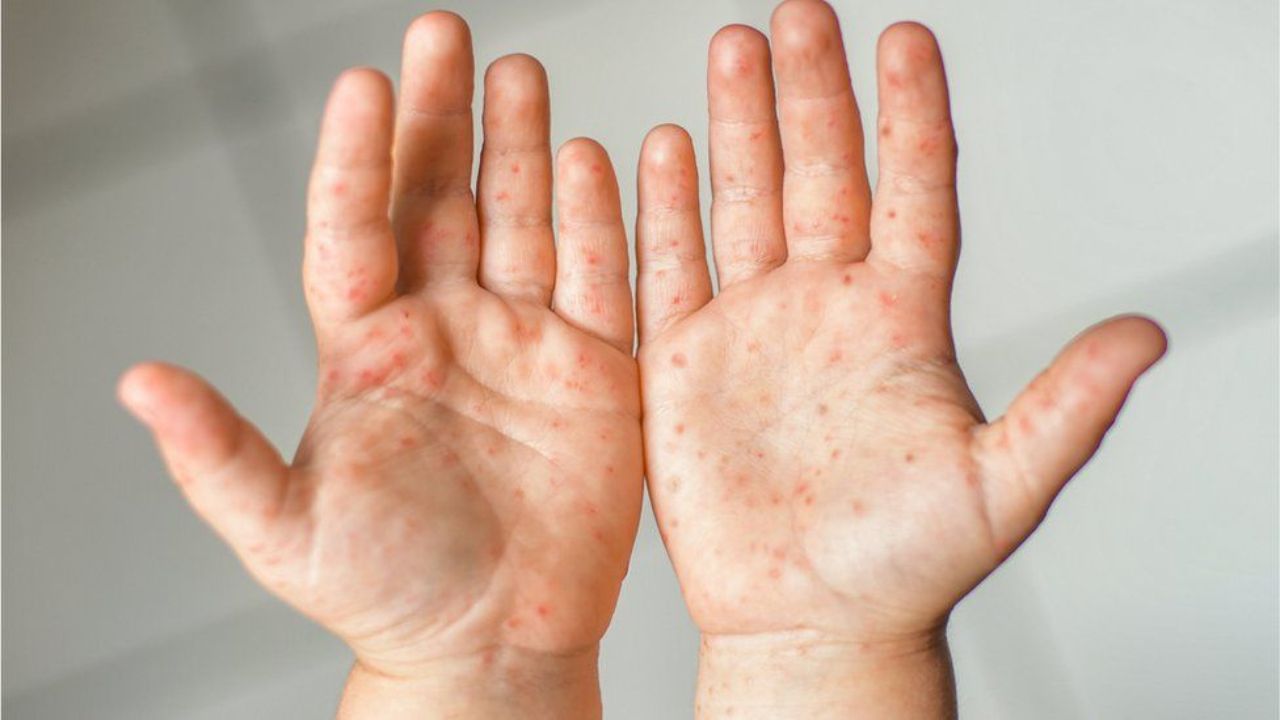The surge in tomato flu cases in India, which is regarded as another variety of hand, foot, and mouth disease (HFMD), has brought attention to this condition recently. The coxsackie group of viruses, which cause hand, foot, and mouth disease, are more prevalent in young children under the age of five. Adults and older children are also susceptible. Along with a sore throat, fever, and sores on the palms, your children could also get tongue ulcers, reddish rashes, or raised sores.
The viruses can be discovered in the feces, blister fluid, and nasal and throat secretions of an infected person (stool). Via intimate personal contact, the air (through coughing or sneezing), contact with excrement, contaminated objects and surfaces, and coughing or sneezing, an infected individual can spread the viruses. During the first week of illness, there is a higher chance of infection dissemination. Adults may never experience symptoms. They might nevertheless possibly spread disease.
SUGGESTIONS TO AVOID INFECTION
To stop the transmission of disease, hygiene is crucial.
When performing diaper changes, it is crucial to maintain proper hygiene, which includes washing your hands after coming into touch with a patient. Personal goods like spoons, cups, and utensils are to be kept to yourself and cleaned thoroughly. In order to prevent infection, patients with HFMD should be isolated and the standard isolation measures should be followed. Toys and other hazardous items are thoroughly disinfected.
TREATMENT OF HFMD
One should not be alarmed if their children develop HFMD because it is a self-limiting and typically mild sickness. There is no specific therapy for hand, foot, and mouth illness, although there are certain recommendations that can be made to lessen symptoms.
– Paracetamol for fever and pain may be helpful.
– Oral ulcers may be treated using mouthwashes or sprays that reduce mouth pain.
– Treatment for mild cases of HFMD should just be symptomatic. Treatment for fever, symptom relief, proper water, and relaxation are crucial.
– Instruction on proper hygiene and steps to take to stop the spread of illness to other children should be given to parents and other caregivers.
Guidelines for Parents
• Remain calm.
• Keep away from school for at least a week, and isolate.
• Keep an eye on the kid’s temperature.
• Be sure to drink enough water.
• Steer clear of fatty, spicy foods because they will make your throat painful and hurt more.
• Provide homemade meals.
• Ensure proper washing of contaminated clothing, disposal of used diapers, and utensil sanitization.
• See your pediatrician on a regular basis.

 हिंदी
हिंदी






